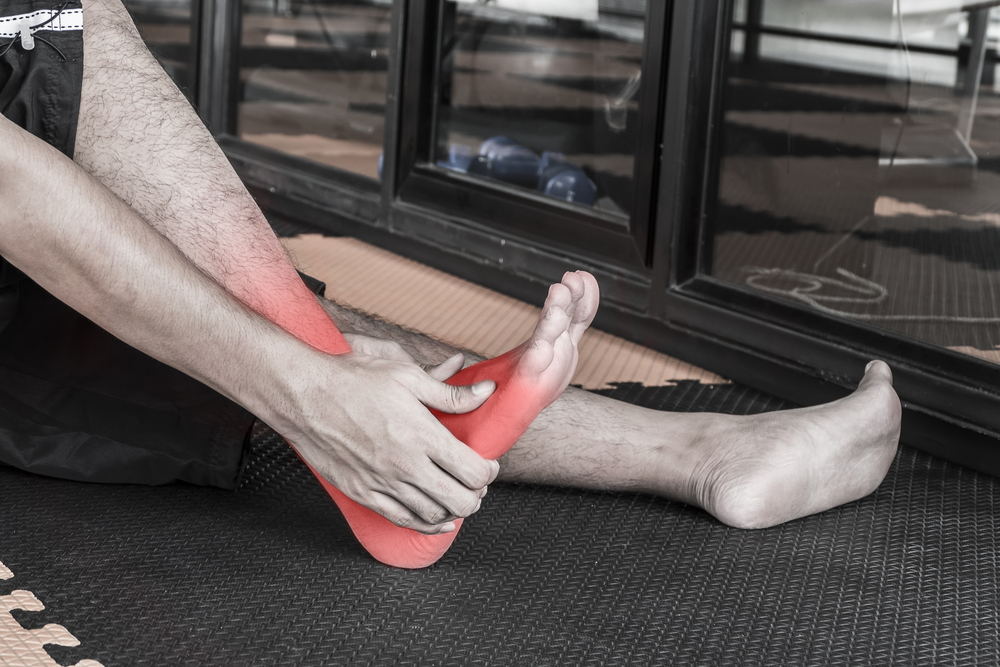Foot ache and foot problems are common issues for older people. Foot pain makes it harder to walk and carry out your everyday activities, and it may even intervene with sports and movements like getting out of a chair or climbing stairs. You may also have problems with your balance, and your danger of falling will increase. Pain that ends in less mobility can result in weight gain, weakness, and heart disorders. But just because you are getting older does not mean that you have to suffer foot ache. Being in a position to walk nicely is extraordinarily critical, because strolling is one of the best ways to exercise.


